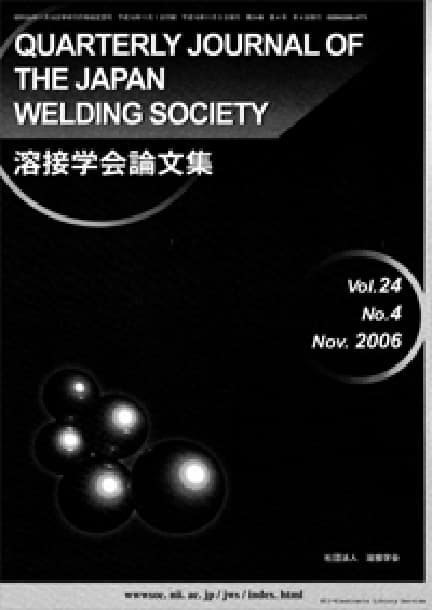Short time Resistance Spot Welding of 1.2GPa Ultra-High Strength Steel using High Frequency Power Supply
Yohsuke ABE, Nobuyori YOSHIOKA, Yoshihito KINOSHITA, Satoshi YAMANE
pp. 178-184
DOI:
10.2207/qjjws.41.178Abstract
The task of 1.2GPa ultra-high strength steel sheet in short time's high current spot welding has been clarified. High current and short time spot welding system and high frequency power supply has been developed. In order to prevent spatter, new double pulse welding method in which primary energization, cooling and secondary energization has been proposed. By using this novel welding method, nugget diameter and tensile shear strength satisfied the target and spatter did not occur. New method of 1.2GPa ultra-high strength steel sheet in short time and high current spot welding has been established.
Readers Who Read This Article Also Read
QUARTERLY JOURNAL OF THE JAPAN WELDING SOCIETY Vol.41(2023), No.3
QUARTERLY JOURNAL OF THE JAPAN WELDING SOCIETY Vol.41(2023), No.1










